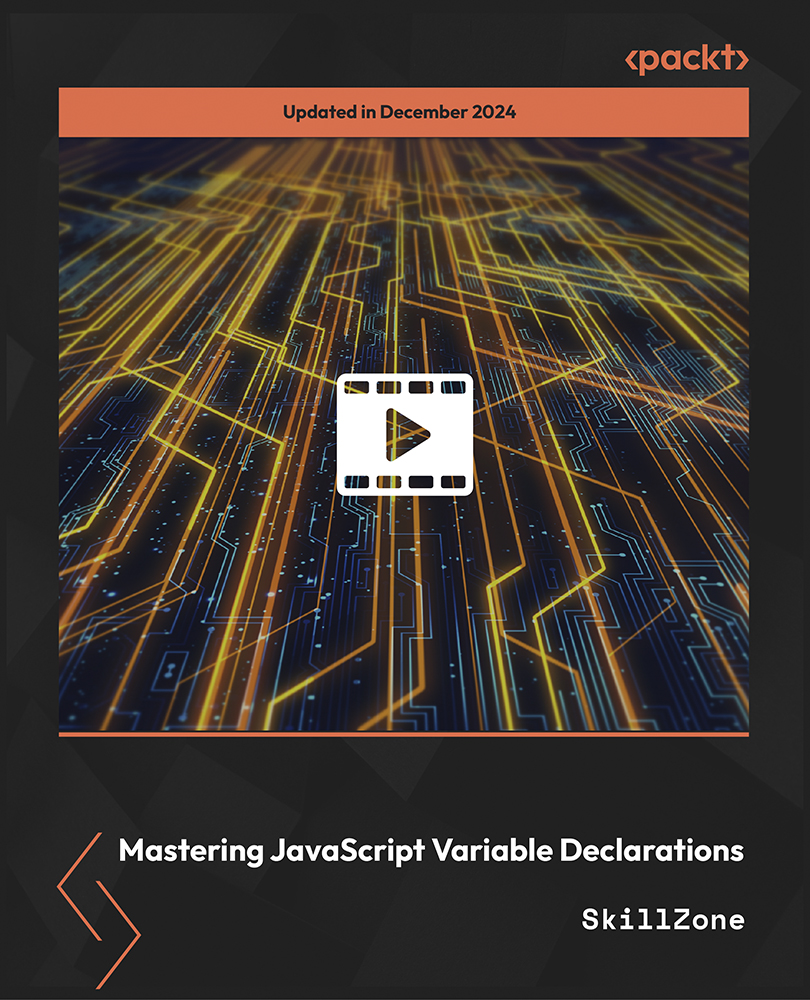Scala 2.13 delivers a new collection library, for historical reasons it is also known as "collection - strawman". The refactoring of the library pursued a few main goals, such as fixing common gotchas of the previous version, simplifying its implementation and internal structure, as well as usage and backward-compatibility, achieving better integration with lazy collections and java streams and cleaner API separation between mutable and immutable collections, improving performance, and, last but not least, minimizing the migration effort from Scala 2.12's collections.
As a result, we have a library that is mostly source-compatible with the previous version, has many old methods and types (such as Traversable, TraversableOnce, and Stream) deprecated, and has a simpler internal hierarchy.
This book assumes that the reader has a rudimentary understanding of Scala collections. With this assumption, the next section will take a holistic approach and focus on giving a consistent overview of the new collection framework.
The next diagram represents the top-level hierarchy of the collection library:

Here and further, we will pretend to always have import scala.collections._ in the scope and use the following colour encoding in our diagrams:
Each of the traits describes the structure, the essence of the collection. As the name suggests, IterableOnce can be iterated over only one time. Iterable softens this constraint so that it is possible to iterate over the collection multiple times. Seq adds a notion of succession to the elements of the collection, Set adds a constraint of the uniqueness of its elements, and Map changes the type of the collection from a single element, A, to a pair of key, K, and value, V.
As mentioned, in the spirit of the separation of concerns, these traits cover only the structural characteristics. The operations defined for the specific type are placed in the helper traits carrying the Ops suffix in the name. These traits form a hierarchical structure similar to the previous one, as shown here:
Where the "normal" traits had only one type parameter, the type of the element, the Ops have three of them. In addition to the type of the element, A, the C type describes the specific representation type of the collection this trait is mixed into and thus to the return type of the first-order methods defined on this collection. The CC type refers to the representation type that can be returned by the higher-order methods, or the type constructor. We will see later in this chapter how this works in practice.
Because the inheritance tree is structured as it is, IterableOps and IterableOnceOps are effectively mixed into every collection implementation in the library. Three traits on the bottom just add some more methods, unique to the specific collection type, and override some of the definitions for efficiency. Both Iterable*Ops traits define more than a hundred of methods and they are the reason the Scala collection library is very consistent and homogenous.
Because of the importance of IterableOnceOps and IterableOps, we will take a detailed look at them in the next section. After that, we will explore the unique features of the specialized collections.
 United States
United States
 Great Britain
Great Britain
 India
India
 Germany
Germany
 France
France
 Canada
Canada
 Russia
Russia
 Spain
Spain
 Brazil
Brazil
 Australia
Australia
 Singapore
Singapore
 Hungary
Hungary
 Ukraine
Ukraine
 Luxembourg
Luxembourg
 Estonia
Estonia
 Lithuania
Lithuania
 South Korea
South Korea
 Turkey
Turkey
 Switzerland
Switzerland
 Colombia
Colombia
 Taiwan
Taiwan
 Chile
Chile
 Norway
Norway
 Ecuador
Ecuador
 Indonesia
Indonesia
 New Zealand
New Zealand
 Cyprus
Cyprus
 Denmark
Denmark
 Finland
Finland
 Poland
Poland
 Malta
Malta
 Czechia
Czechia
 Austria
Austria
 Sweden
Sweden
 Italy
Italy
 Egypt
Egypt
 Belgium
Belgium
 Portugal
Portugal
 Slovenia
Slovenia
 Ireland
Ireland
 Romania
Romania
 Greece
Greece
 Argentina
Argentina
 Netherlands
Netherlands
 Bulgaria
Bulgaria
 Latvia
Latvia
 South Africa
South Africa
 Malaysia
Malaysia
 Japan
Japan
 Slovakia
Slovakia
 Philippines
Philippines
 Mexico
Mexico
 Thailand
Thailand
















